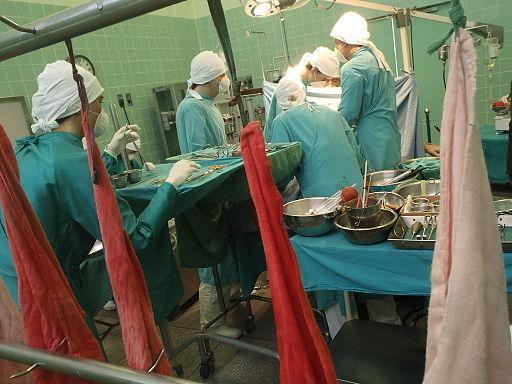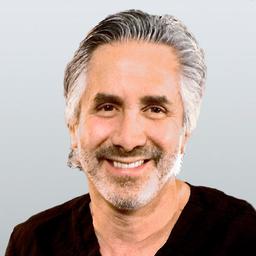On Dec. 3, 1967, Dr. Christiaan Barnard performed the world’s first successful human-to-human heart transplant in Groote Schuur Hospital, Capetown, South Africa. The patient, Louis Washkansky, was terminally ill from heart failure. This was a last-ditch effort to save his life.
The new heart, tragically, came from a 25-year-old woman, Denise Darvall, who was fatally injured in a car accident.






